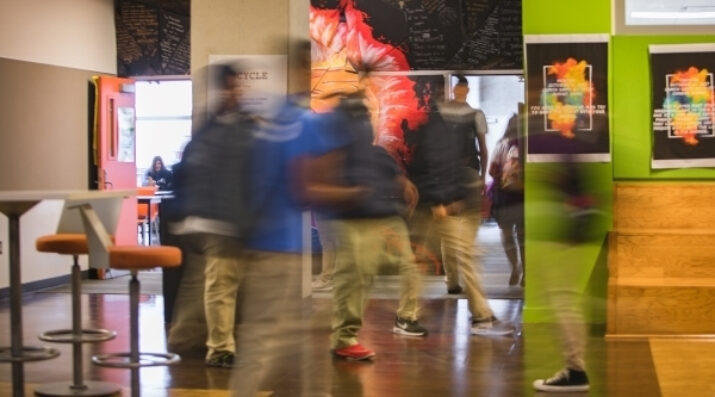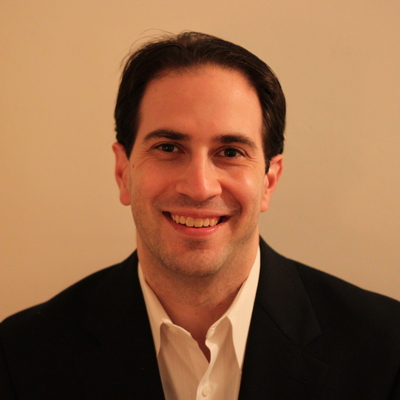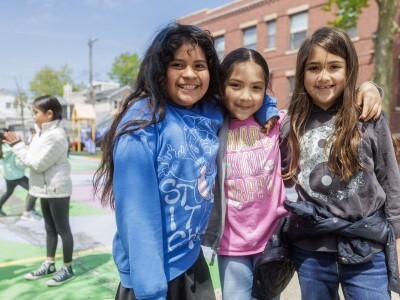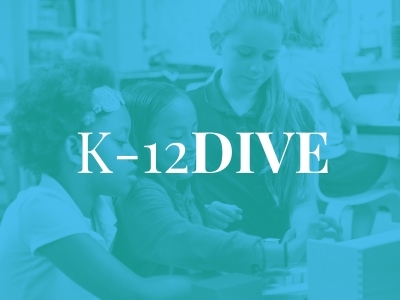Why We Have Too Much of the Wrong Kind of Urgency and Too Little of the Right Kind in Education
Topics

Today’s learners face an uncertain present and a rapidly changing future that demand far different skills and knowledge than were needed in the 20th century. We also know so much more about enabling deep, powerful learning than we ever did before. Our collective future depends on how well young people prepare for the challenges and opportunities of 21st-century life.
The urgency around learning loss is keeping education spinning in place when the urgency we need is to reimagine schools and address deeply rooted challenges.
“There is such urgency in the multitude of crises we face, it can make it hard to remember that in fact it is urgency thinking that got us to this point.”
–adrienne maree brown
As we begin our third pandemic school year, we are hearing a new form of an old argument: kids, particularly poor kids, have no time to lose; they have missed too much and we need to help them learn yesterday. Urgency of this kind is understandable but self-defeating. In this post, I want to explore the notion of urgency, and contrast the kind of fundamental urgency for redesign that we need with the hamster wheel urgency that is so common.
Let’s start with acknowledging that the more common kind of urgency we see comes from a well-intentioned place. Young people only go through schooling once, the argument goes, and thus if we gradually develop reforms over many years, this year’s students will be shortchanged while we wait for these reforms to develop.
What’s the problem with this logic? The problem is that urgency of this sort tends to justify shortcuts that ultimately undermine the broader goals we are seeking. We don’t have time to attend to children’s social and emotional needs. We don’t have time to explore this topic in depth, because we need to get to the next one. And, perhaps most damaging of all in the long run, we don’t have time to really listen to the folks who are most affected by the reforms—teachers and students—because the crisis requires us to act now.
This is not a theoretical problem. It is playing out in real time this year. The urgency around learning loss is crowding out space to listen to and support students who are in their third year of pandemic schooling. And the urgency to get teachers to do what system leaders want them to do is similarly crowding out a chance to give teachers the support they need. This pattern is not desirable in the short run. And it is not sustainable in the long run. While it will take more time to get hard numbers, all available evidence suggests that many teachers are burned out from the many challenges posed by COVID; they need more support, time, and space, not less.
As always, there is a class dimension to this. The urgency narrative is the greatest in poorer communities, where there were weaker internet connections, less remote learning, and also considerably more COVID-induced death and trauma. In more affluent communities, there is simultaneously less learning loss urgency, and, at least in “blue” states, less COVID, which has allowed for more of a return to pre-pandemic schooling. Higher poverty communities are thus facing a double whammy—the one created by broader social policies, which resulted in disproportionate COVID impacts and higher trauma—and the compounding effects created by educational policy, which are doubling down on a learning loss urgency narrative and thus making it more difficult to respond to COVID trauma.
Taking the Long View of Schooling
There is another path. We need to remember that schooling—and childrearing—is a marathon and not a sprint. Over a very long period of time, children come to acquire knowledge and skills. Our hope is that at the end of that process, they are people who can think critically, contribute to democracy, empathize, collaborate, and otherwise be ready for the world that will face them. We have no way of knowing whether any particular thing we do today will actually contribute to those long-run goals. But a reasonable assumption is that if we treat students—young people—as the kinds of people who can think, reason, empathize, collaborate, and so forth, they will gradually become those kinds of people. Kids are smart—they watch what we do, not what we say—so our hidden curriculum needs to communicate our values.
Relatedly, we have to make the institutions sustainable for adults. Another problem with urgency logic is that it just burns through people—we see a lot of this with charter schools that hire people in their early 20s who work for a few years and then quit before being replaced with another wave of younger people. That’s not a good way to build sustainable institutions. Good leaders know that their most valuable resource is their people, and people need space and support if they are going to invest in their work over a long period of time. It takes time to become a really good teacher, and thus, unless we find ways to sustain teachers, there is a natural limit on the kind of teaching that our students are going to experience.
So, in one sense, we need to resist the calls of urgency. We want to “go slow to go fast,” “move at the speed of trust,” or, the most revealing of these cliches to me, “if you want to go fast go alone, if you want to go far, go together.” We should slow down—slow down with students to give ideas time to marinate, slow down the rush of content to support the needs of the whole child, and slow down decision-making in favor of “listening leadership” that really gets people on board before moving in a new direction. School improvement is “steady work,” as Richard Elmore and Milbrey McLaughlin said in the 1980s; or we need to “let it breathe,” as D-Nice says today.
The Real Urgency to Reimagine Schools
However, ironically, while this kind of hamster wheel urgency leaves us spinning in place, what is missing is the kind of broader urgency we need to reimagine the school system. After a historic worldwide shutdown in schooling, we seem to have picked back up right where we left off, having, on the whole, learned little from this massive forced pause in our system. Other arenas used this pause for significant reevaluation: many people reevaluated and reordered their life priorities, many couples reevaluated their relationships, many employers reevaluated whether they needed everyone in the office every day. But schools seem in a rush to return to a status quo that wasn’t working for many students.
Where is the urgency about changing this status quo? Where is the urgency about the kind of inequalities that persist in our system year after year? Where is the urgency about giving students more voice, agency, and relevance in their schooling? Where is the urgency about lessening the disengagement that only increases the longer students are in schooling? The history of social movements teaches us that urgency can be a powerful tool, if it is combined with hope and directed toward the right problems.
We need to exchange one kind of urgency for another. Less learning loss urgency. More “what happened to this human being over the time she was away from us, what does she need, what is she thinking and feeling, and how can we support that” type of urgency. Less “is the assembly line moving fast enough” urgency. More “why did we model schools on assembly lines” urgency. We can choose where to put our energy; why not focus it on the things that really matter?
Photo at top courtesy of NGLC.




